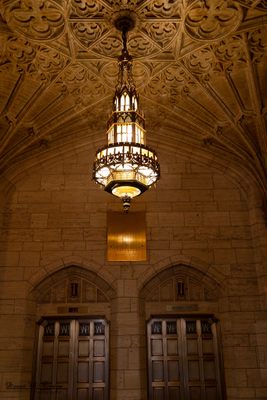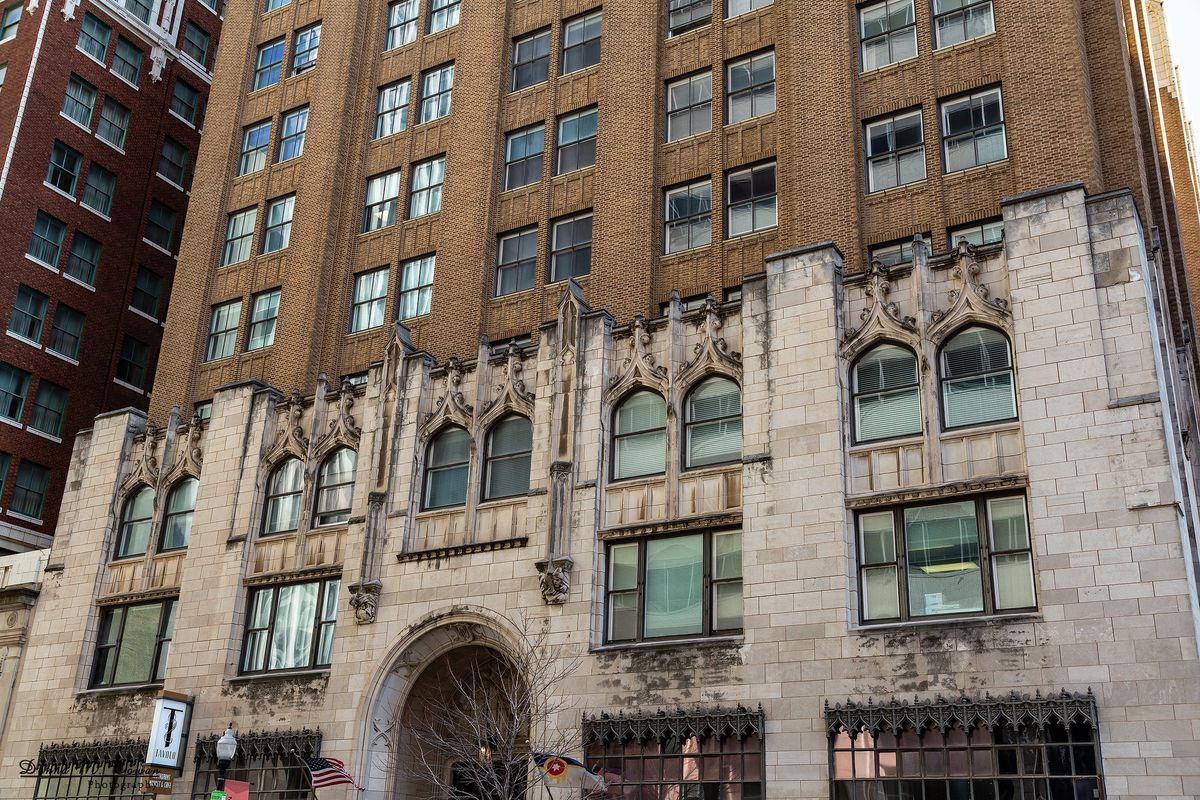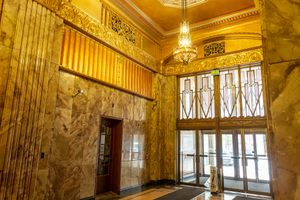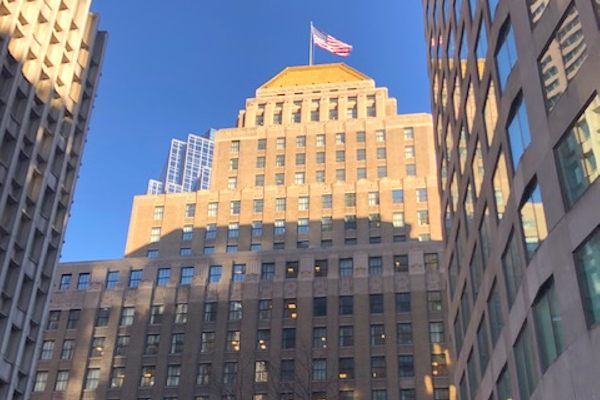About
To the surprise of some, downtown Tulsa, Oklahoma, is one of America’s foremost architectural marvels. In the 1920s, a flood of oil money rushed into town, leading to a boom of increasingly striking and costly skyscrapers, many of them designed in the popular Art Deco style of the time. Some of these buildings, such as the spectacular Boston Avenue Methodist Church, rank among the most beautiful examples of 20th-century architecture in the United States. And at the forefront of Tulsa’s wealth and architectural splendor was one man, Waite Phillips, who left behind two of the Tulsa skyline’s most recognizable buildings: the neighboring Philtower and Philcade.
Waite Phillips was born in southwest Iowa in 1883, as one of 10 children. He had an identical twin brother, confusingly named Wiate. Together, Waite and Wiate headed west in 1899 for a life of odd jobs and adventure. Their journey to see the world together ended tragically in 1902, when Wiate died of a ruptured appendix.
Devastated, Waite returned home, taking a job with his brothers, Frank and L. E. Phillips. Working in energy, the elder Phillipses would soon strike it rich, forming what would become the famed Phillips Petroleum Company and Phillips 66. Waite, now also fabulously wealthy, sold his shares of the company back to his brothers to strike out on his own in 1914. To his older brother's annoyance, he built one independent competing oil company, and then another. By 1925, he was a multimillionaire, and he turned his interests towards real estate and philanthropy, vowing to give away half of what he earned annually.
The Philtower was completed in 1928, becoming the tallest building in the state of Oklahoma. The architect was Edward Buehler Delk, perhaps best known for building the bizarre Seville-inspired shopping center known as Kansas City’s Country Club Plaza. The Philtower lacked Spanish influence, but was instead known for its Gothic Revival style with Art Deco elements. It is perhaps best known for its 40-foot-tall colorful tiled roof and gothic arcade. Waite also used the Philtower for his own office space, and kept his office on the 21st floor. Although not considered an Art Deco building, its highly decorative look inspired ever bolder designs to come to Tulsa, including, eventually, that of the building across the street.
The Philcade was originally built as an annex to the Philtower and additional space for his office. Unlike the Philtower, this building is considered a classic example of the Tulsan Art Deco style, replete with zigzag designs, terrazzo floors, and intricate terra cotta animals. The building was meant to complement and not compete with the Philtower, but the oil money flowing into Tulsa meant the Philcade's size kept growing during its construction. Today, the building, much like its sister tower, is best known for its arcade, a stunning golden-arched Art Deco lobby.
The Philcade and Philtower are connected by a tunnel, ordered and used by Waite Phillips himself. Speculation is that the tunnels existed for him to walk through surreptitiously, to avoid being kidnapped by gangsters looking for a piece of his wealth. Phillips had other holdings in Tulsa as well, including his giant Mediterranean-inspired home. However, he firmly believed in philanthropy, and in giving most of his wealth away. After donating his estate to Tulsa, he moved into the Philcade Building. His estate would eventually be opened to the public as the Philbrook Museum of Art.
Phillips would eventually move to California, and in doing so he gave the Philtower away as well, donating it to the Boy Scouts of America. The Boy Scouts held onto the building for over 30 years, but sold it in 1977. By this time, downtown Tulsa had fallen on hard times as oil prices collapsed, and it wasn’t until the 21st century that the building was restored to its full glory. Today, the Philtower and Philcade are both mixed-use buildings and reminders of the days of the city’s boomtown roots. And on each building, hidden on door handles and terra cotta friezes, you can find two letters, "WP," the logo of Tulsa’s philanthropic oil baron.
Related Tags
Know Before You Go
Both the Philcade and Philtower buildings are privately owned, and access to the arcades are restricted. Consider visiting through an Art Deco tour. One popular tour begins in the Philcade building.
Community Contributors
Added By
Published
May 31, 2024
Sources
- https://www.philmontscoutranch.org/museums/villa/history/
- https://npgallery.nps.gov/GetAsset/0d03da82-f765-47ed-93c1-c24801327edc/
- https://npgallery.nps.gov/NRHP/GetAsset/17d43ded-33e7-447e-852b-756dfd84b063
- https://www.nytimes.com/1964/01/29/archives/waite-phillips-oil-man-was-81-philanthropist-noted-for-his-gifts-to.html
- https://journalrecord.com/2008/03/these-walls-philcade-building/
- https://decopolis.net/pages/tourphiltower
- https://journalrecord.com/2008/06/these-walls-the-philtower/































